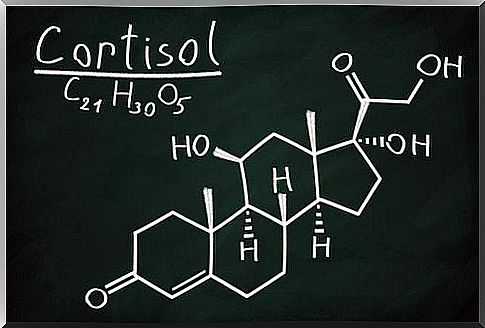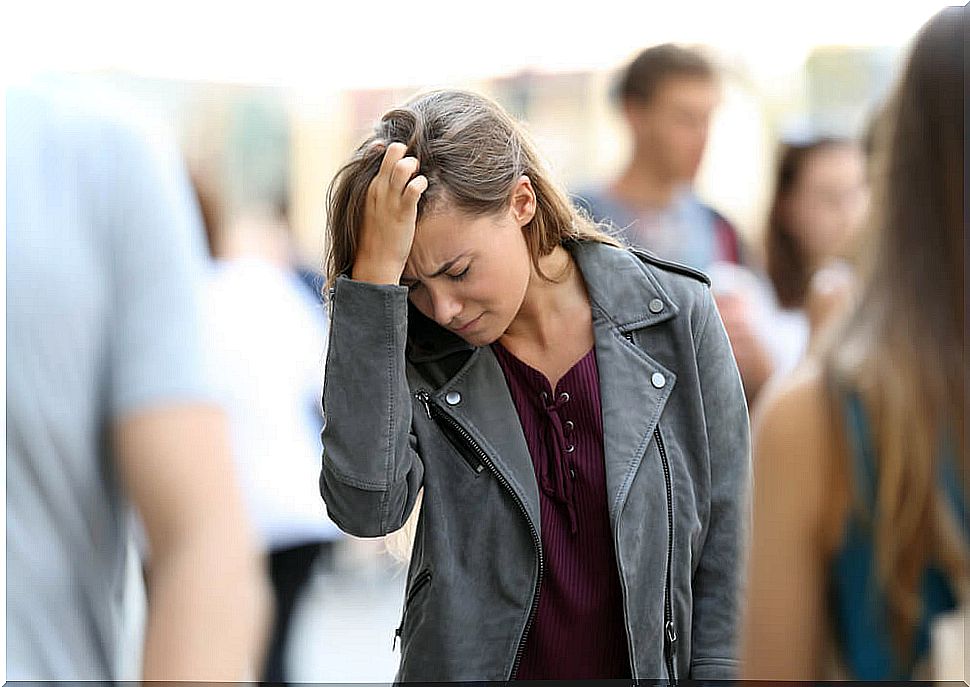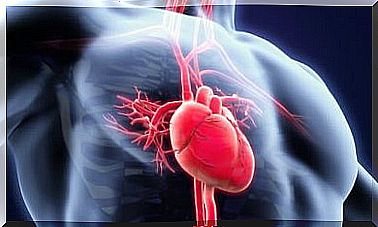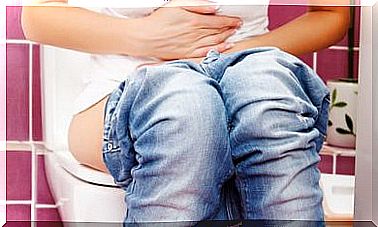Mixed Anxiety-depressive Disorder
Mixed anxiety-depressive disorder manifests symptoms typical of both depression and anxiety. However, neither of the two has a higher incidence than the other.
This means that patients do not have symptoms so intense that they can diagnose anxiety or depression separately. Because of this combination of symptoms, the classification of mixed anxiety-depressive disorder has been controversial and relatively new.
Also read Why does yoga help me overcome depression?
Why does mixed anxiety-depressive disorder occur?
Two-thirds of patients with depression have symptoms of anxiety at the same time. Usually, the combination of both causes a deterioration of the patient’s functioning.
The cause of this disorder is not known with certainty. Symptoms of anxiety and depression are considered to be linked to several causes. They can be biological, psychological and environmental.
For example, causes are suggested that involve hormones such as cortisol, thyroid stimulating hormone, prolactin, among others.
An imbalance in brain chemistry is also suggested due to deficiency of serotonin or dopamine. This can also be inherited and passed from one generation to the next.

Also read Binge Eating Disorder: Everything You Need to Know
Symptoms of mixed anxiety-depressive disorder
Typical symptoms of this disorder include depression and the inability to enjoy the things that once made you happy. It usually appears with a feeling of anguish, also difficulty concentrating and excessive and irrational worry.
For it to be diagnosed as mixed anxiety-depressive disorder, symptoms must last for at least two weeks or a month and must not be related to other painful experiences or other disorders.
In addition, patients may also occasionally suffer other symptoms such as :
- Tremors
- Gastrointestinal complaints.
- Tachycardia.
Also read Serotonin diet: find out what it is about and the contributions
Treatment
Psychological therapy combined with pharmacological treatment has been used with success .
Pharmacological treatment consists of administering anxiolytics to combat anxiety and antidepressants. Sometimes both types of drugs are given together.

The psychological treatment seeks that the patient lowers his level of anxiety through breathing and relaxation techniques. Also, the patient’s mood is tried to improve. For this, behavioral therapy is the best option. For example, the patient is encouraged to engage in previously or new enjoyable activities.









